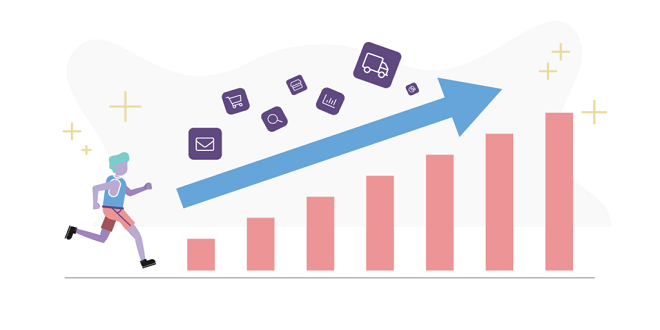SEO metrics that you should monitor in 2022

SEO is an ever-evolving field. SEO is a constantly evolving field. What worked yesterday might not work today. And what may work tomorrow may not work tomorrow. Therefore, it is essential to monitor your on-page SEO metrics regularly. Identifying the most critical metrics in SEO can be challenging due to the sheer number of them. This blog will focus on the top on-page SEO metrics you should monitor in 2022.
XML sitemap: A file that organizes your website’s URLs. This helps search engines index your pages more efficiently and can improve their rankings.
Robots.txt and crawlability The robots.txt files on your website tell search engines which pages they can crawl and index. You can remove pages from the robots.txt if you don’t wish them to be indexed. In addition, the robots.txt can tell search engines how frequently they should crawl your site.
Indexability This refers to the number of pages indexed by search engines. Many tools can be used to determine how many pages on your website are currently indexed.
Directives In Robots Meta Tag And X-Robots–Tag: These tags allow you to tell search engines how to handle certain pages on your site. These tags can tell search engines not to index a page or only to index it after a specific date.
Rendering: rendering refers to the speed at which a page’s content appears in a browser window. Search engines might not index your site if this takes too much time.
Canonicalization: Canonicalization tells search engines which version should rank highest on their results pages. If your website has multiple URLs that direct users to one destination, then Google and other search engines will only index one URL.
For example: if someone types “example-site.com/contact” into their browser without specifying whether they want “contact” or “contact us,” both addresses would take them to the same place, but only one would show up as being indexed in the search engine results pages. Canonicalization can inform search engines which URL version they should include.
Language Variations: language versions let you provide different versions of the same page to users who speak other languages. This will improve SEO as people who can communicate these languages will be able to search for your site using Google or any other search engine.
AMP Versions: AMP stands for accelerated web pages. This is a way to make web contents load faster on mobile devices. You could use AMP versions if your website were explicitly designed with this technology. This means that your website uses HTML instead of CSS. Some search engines might rank websites based on their loading speed rather than their relevancy. Optimized versions could also help boost rankings!
Redirects can direct people from one page of your website (the source) to another page (the target) that has changed or is no longer available.
Status Codes Status codes are generated by request from a browser to a website server. The most common status code you will see is 404 (Not found), which you know when you attempt to access a page, not on a website. Therefore, you can quickly identify any issues by monitoring the status codes of your website.
Structured data: Structured information gives information about pages of your website so that it can be presented in different ways to users based on their query terms. It’s like maps instead of links. Structured data is helpful. For example, when someone searches for “restaurants near me,” there will be an image next to each result listing that shows where these places are.
Duplication: duplication refers to repeating the same content on multiple pages. This can lead to confusion for search engines regarding which page is most relevant.
HTML Coding: HTML codes are the foundation of a website. They tell browsers how to display each page’s content. You can monitor the HTML code of your website to ensure it is properly structured and conforms to Google’s guidelines.
URL Structure This describes how URLs on your website are structured. This structure can be helpful for SEO as it provides users with an idea of what they will find before clicking through. It also helps search engines understand the content hierarchy.
Schema: Schema is HTML that describes a webpage’s content so search engines can better understand it. This information can be added to your website so that Google understands each page. It will also help you appear in Google’s search results.
Alt-Text: alt text is a description of an image that people who cannot see can use. Alt tags are helpful for SEO as they will display alt tags when images appear in search results. Users may click through solely on the descriptions rather than knowing what is inside until they click.
These are the top on-page SEO metrics that you need to be watching in 2022. You’ll be able to stay ahead of the curve by keeping an eye on these metrics and ensuring your website performs as well as possible. Talk to a professional if you are looking to outperform your competitors and learn more about on-page SEO.




